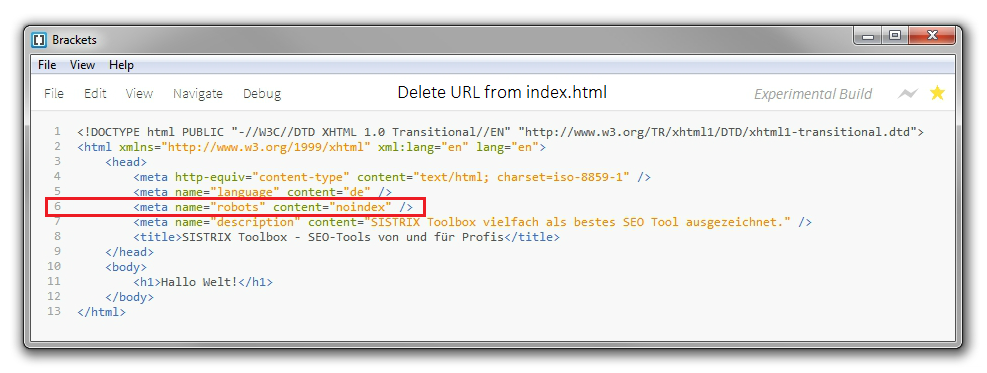This article presents some basic techniques for creating Windows batch files and UNIX/Linux shell scripts that connect to SQL*Plus and RMAN.
Windows
Linux & Unix (Type 1)
Linux & Unix (Type 2)
Windows
To run an SQL script using SQL*Plus, place the SQL along with any SQL*Plus commands in a file and save it on your operating system. For example, save the following script in a file called "C:emp.sql".
CONNECT scott/tiger
SPOOL C:emp.lst
SET LINESIZE 100
SET PAGESIZE 50
SELECT *
FROM emp;
SPOOL OFF
EXIT;
Next, create a batch file called "C:get_emp.bat" containing the following command.
sqlplus /nolog @C:emp.sql
The resulting batch file can be run manually, by double-clicking on it, or scheduled using the Scheduled Tasks Wizard (Start > Programs > Accessories > System Tools > Scheduled Tasks) or the AT scheduler.
The method is very similar when using Recovery Manager (RMAN). As an example, place the following RMAN commands in a file called "C:cmdfile.txt".
RUN {
ALLOCATE CHANNEL ch1 TYPE
DISK FORMAT 'C:oraclebackupDB10G%d_DB_%u_%s_%p';
BACKUP DATABASE PLUS ARCHIVELOG;
RELEASE CHANNEL ch1;
}
EXIT;
Next create a batch file called "C:backup.bat" containing the following command.
rman target=/ @cmdfile.txt
This command can include a catalog= entry if a recovery catalog is used. Once again, resulting batch file can be run manually or scheduled.
UNIX and Linux (Type 1)
The previous methods works equally well in UNIX and Linux environments. For example, save the following script in a file called "/u01/emp.sql".
CONNECT scott/tiger
SPOOL /u01/emp.lst
SET LINESIZE 100
SET PAGESIZE 50
SELECT *
FROM emp;
SPOOL OFF
EXIT;
Next, create a shell script called "/u01/get_emp.ksh" containing the following lines.
#!/bin/ksh
sqlplus /nolog @/u01/emp.sql
The following command makes the file executable for the file owner.
chmod u+x /u01/get_emp.ksh
The resulting shell script can be run manually from the command line, or scheduled using CRON.
For RMAN, place the following RMAN commands in a file called "/u01/cmdfile.txt".
RUN {
ALLOCATE CHANNEL ch1 TYPE
DISK FORMAT '/u01/backup/DB10G/%d_DB_%u_%s_%p';
BACKUP DATABASE PLUS ARCHIVELOG;
RELEASE CHANNEL ch1;
}
EXIT;
Next, create a batch file called "/u01/backup.ksh" containing the following lines.
#!/bin/ksh
rman target=/ @/u01/cmdfile.txt
This command can include a catalog= entry if a recovery catalog is used. Once again, resulting shell script must be made executable using the following command.
chmod u+x /u01/backup.ksh
The shell script is now ready to run.
UNIX and Linux (Type 2)
UNIX and Linux environments also allow the SQL*Plus and RMAN commands to be piped directly from the command line. For example, save the following commands in a file called "/u01/get_emp.ksh".
#!/bin/ksh
sqlplus /nolog <<>
Notice the "<<>
chmod u+x /u01/get_emp.ksh
The shell script is ready to be run manually from the command line or scheduled using CRON.The following example shows how RMAN can use the same method. Create a file called "/u01/backup.ksh" with the following contents.
#!/bin/ksh
rman target=/ <<>
Once again, the script can be made executable using the following command.
chmod u+x /u01/backup.ksh
The shell script is now ready to run.

